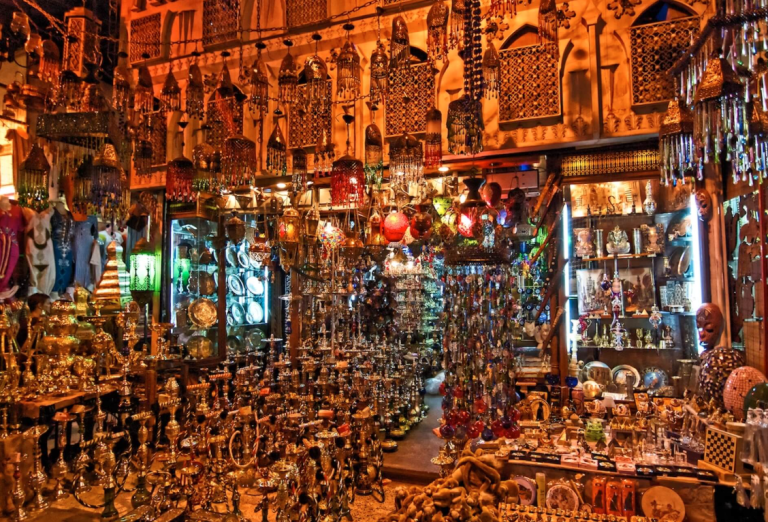Long before luxury malls and air-conditioned promenades, the Arab world’s heartbeat pulsed through its souqs — places where trade met storytelling, and every scent or sound carried a memory. From Cairo’s maze-like alleys to Damascus’s iron-roofed arcades, these markets still echo with the rhythm of centuries past.
Here are some heritage souqs across the MENA region that outshine even the glossiest modern malls, not for what they sell, but for what they keep alive.
Khan El-Khalili – Cairo, Egypt
Khan El-Khalili in Cairo is a living piece of Egypt’s medieval history. Established in the 14th century under the Mamluks, this maze of alleys still buzzes with craftsmen hammering brass, merchants selling silver, incense, and lanterns, and cafés where poets once gathered. Its atmosphere—spiced air, glowing copper, and endless chatter—captures a rhythm that modern malls can’t match.
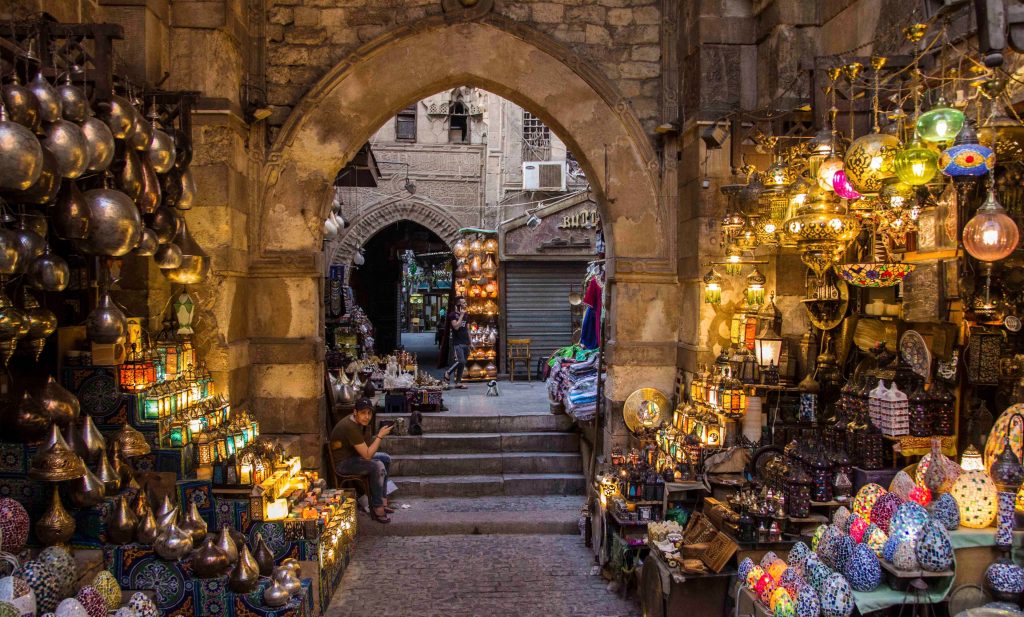
Souq Al-Mubarakiya – Kuwait City, Kuwait
Souq Al-Mubarakiya in Kuwait City is one of the Gulf’s oldest and most atmospheric markets, dating back over 200 years. Beneath its wooden canopies, vendors sell everything from saffron and dried fish to gold jewelry and oud perfume, while locals gather over sweet tea and dates.
Rebuilt after the 1990 invasion but still true to its roots, it remains the beating heart of old Kuwait—a place where history, trade, and hospitality intertwine.
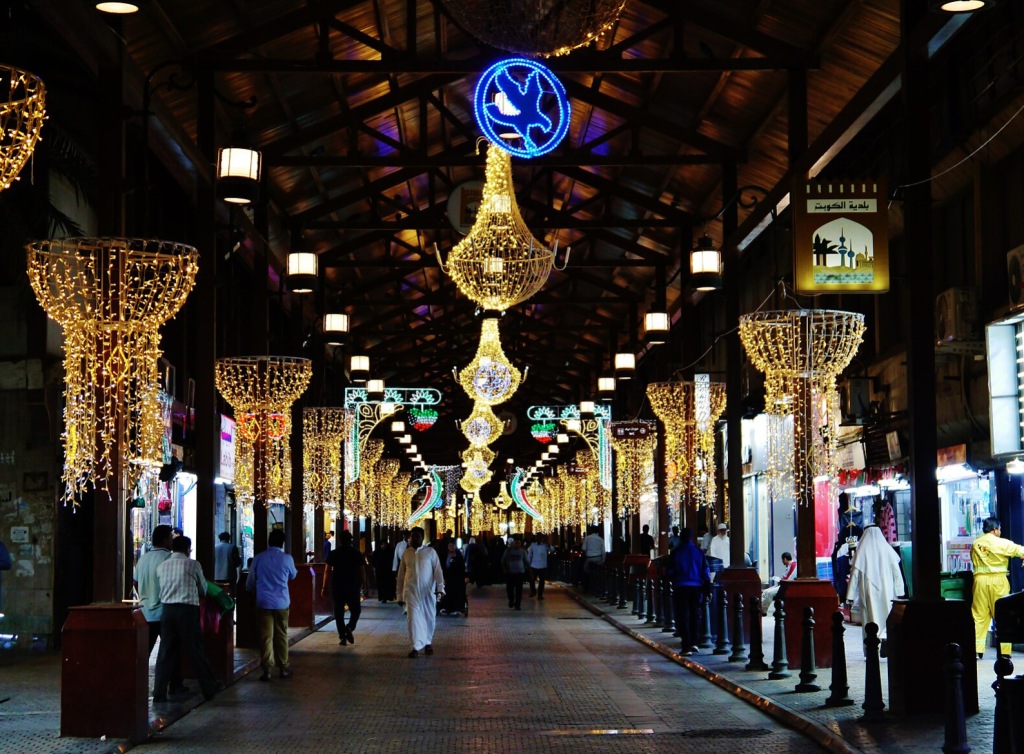
Souq Al-Hamidiyah – Damascus, Syria
Souq Al-Hamidiyah in Damascus is a living timeline of the city’s past, stretching from ancient Roman columns to the grand Umayyad Mosque. Built in the late 18th century, its long, vaulted iron roof shelters rows of shops selling silks, sweets, and brassware, with sunlight streaming through bullet holes from old battles. The scent of jasmine and the echo of merchants’ calls make it more than a market—it’s a sensory journey through centuries of Syrian history
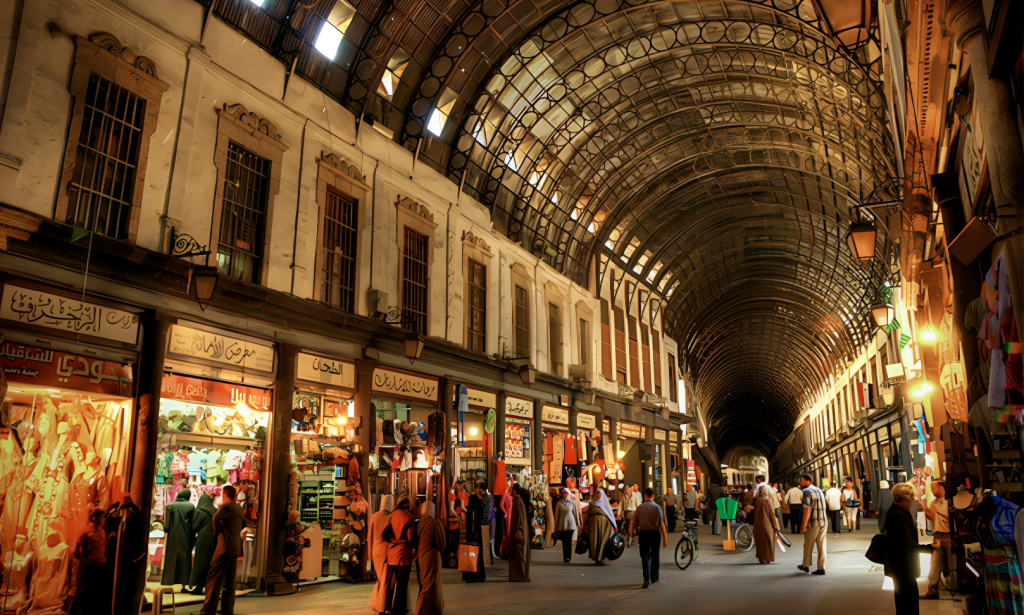
Old Souk – Dubai, UAE
Dubai’s Old Souq, tucked along the Creek in Bur Dubai, predates the city’s skyline of malls and towers. Its narrow lanes brim with spice sacks, silk fabrics, and perfume oils that fill the air with cardamom and oud. Wooden abras glide by the water outside, echoing a time when traders from India, Iran, and East Africa shaped the city’s early identity. Even today, it remains one of Dubai’s most authentic, fragrant links to its trading past.
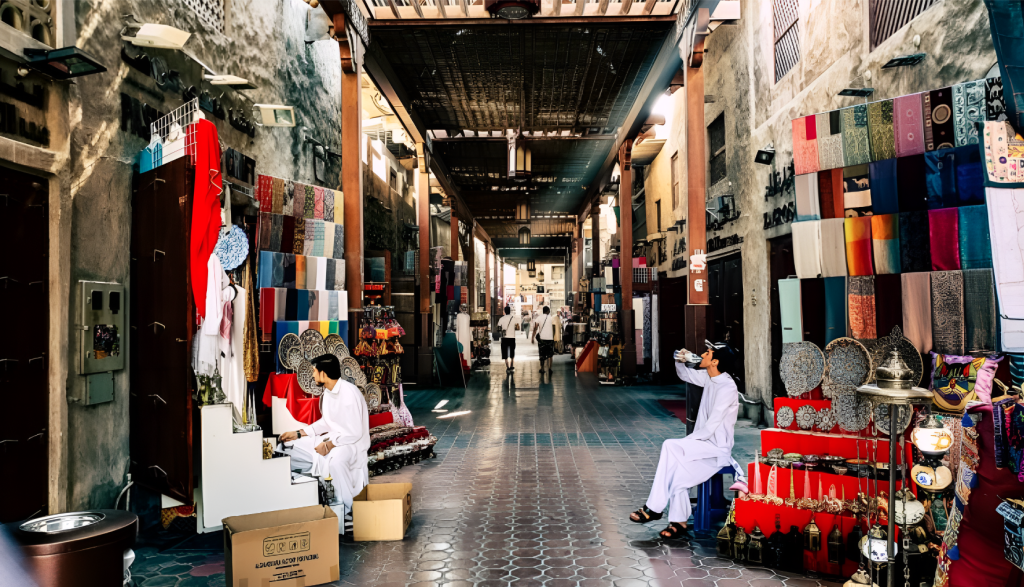
Souq El Attarine – Tunis, Tunisia
Souq El Attarine in Tunis, dating back to the 13th century, sits beside the historic Zaytuna Mosque and remains one of the Medina’s most intoxicating spots. The air is thick with the scent of jasmine, amber, and rose water as vendors sell perfumes, oils, and handcrafted silverware beneath intricate arches. Once the domain of apothecaries, it still feels timeless — a sensory blend of devotion, trade, and artistry that defines old Tunis.
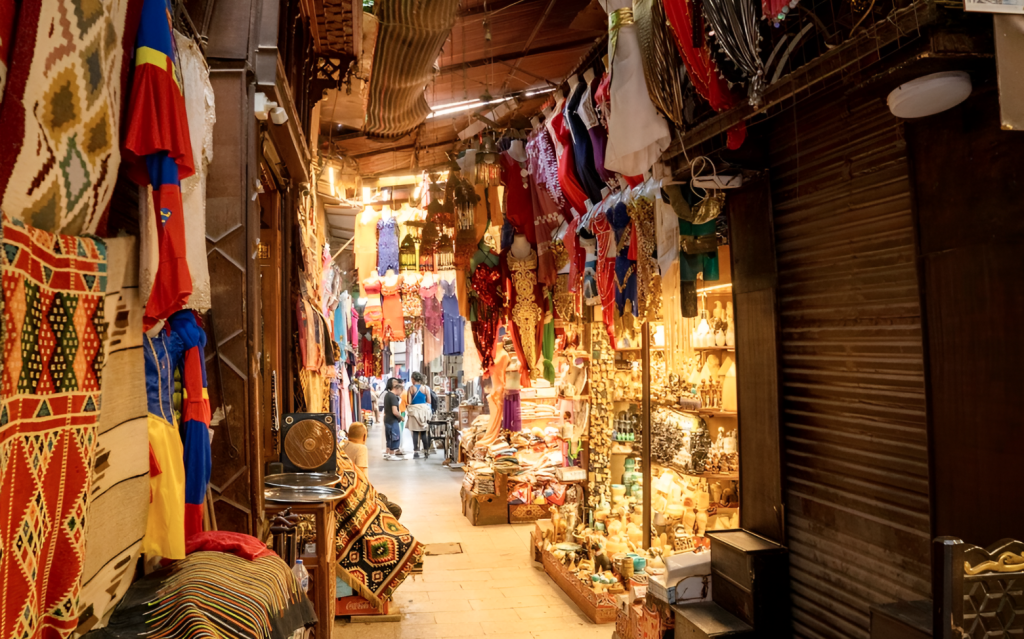
In an age of online shopping and uniform storefronts, these souqs stand as living museums — vibrant, imperfect, and endlessly human. They remind us that shopping was once an experience of connection, not consumption; a conversation, not a transaction. And as long as their lanterns keep glowing and their merchants keep calling, the soul of the Arab market will never fade.
WE ALSO SAID THIS: Don’t Miss… Revisiting the Legacy of Fathy Salama, Egypt’s Grammy-Winning Guru


